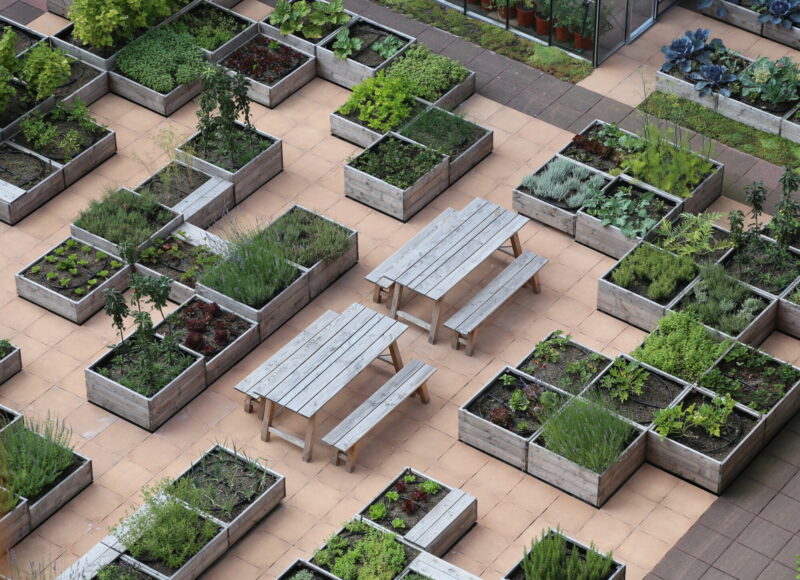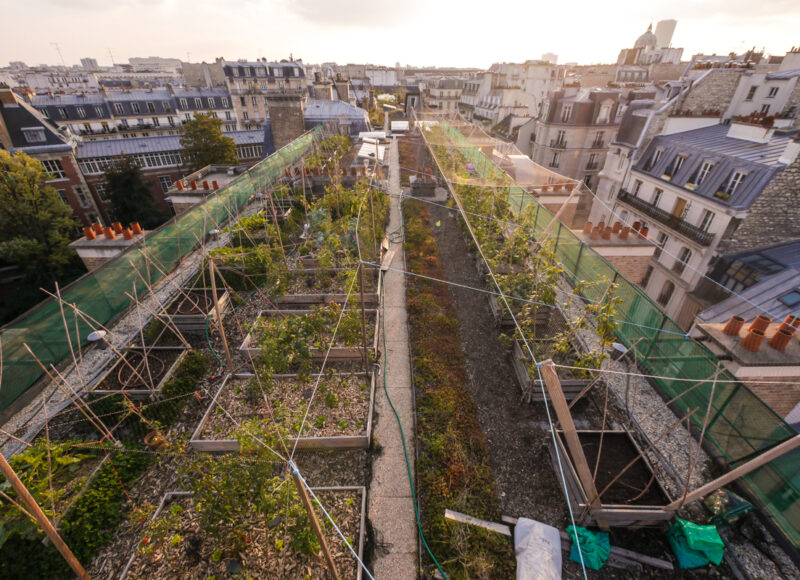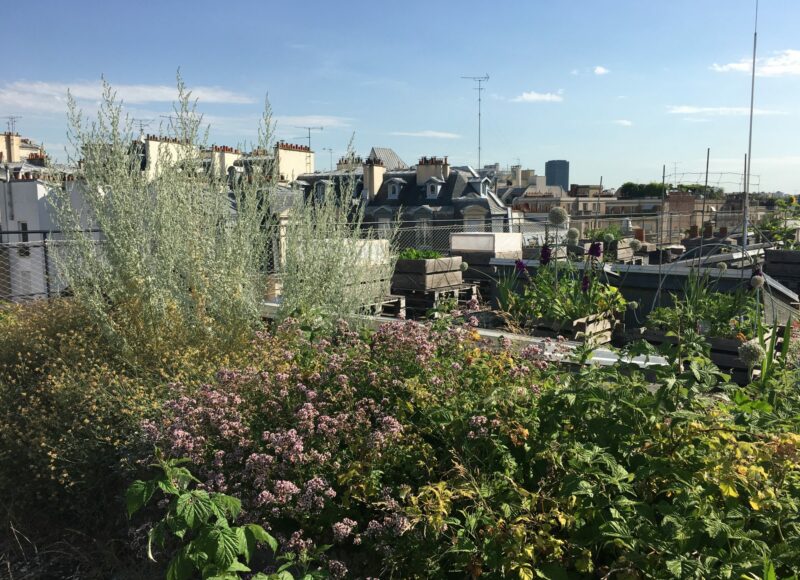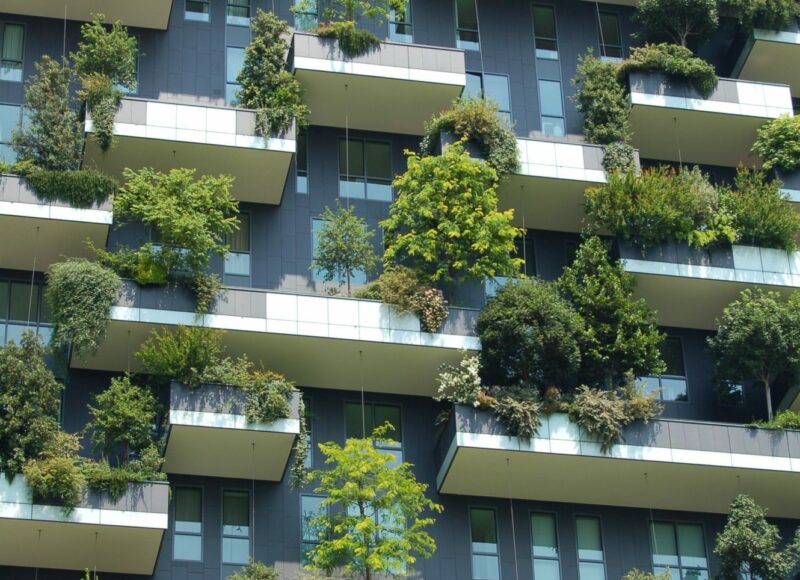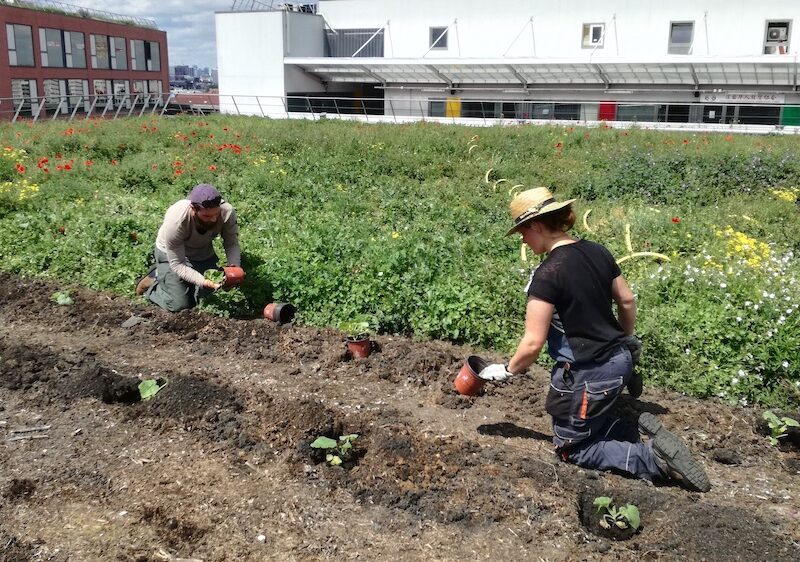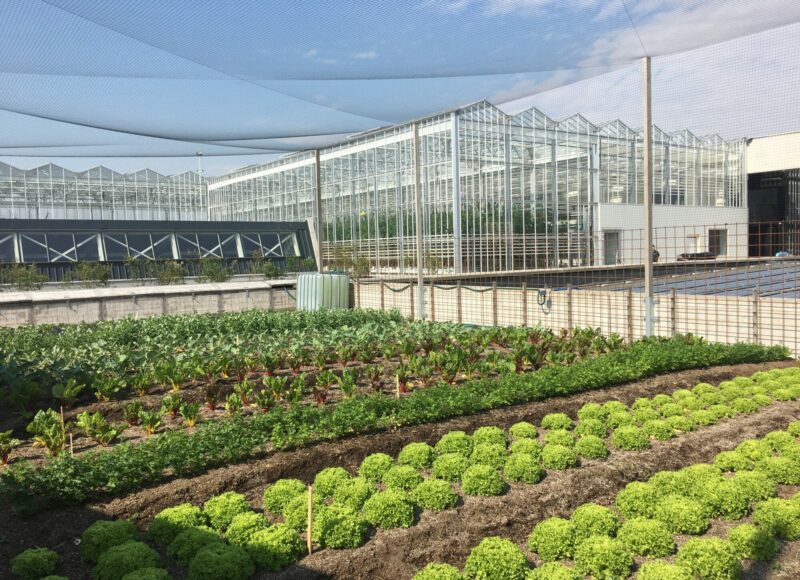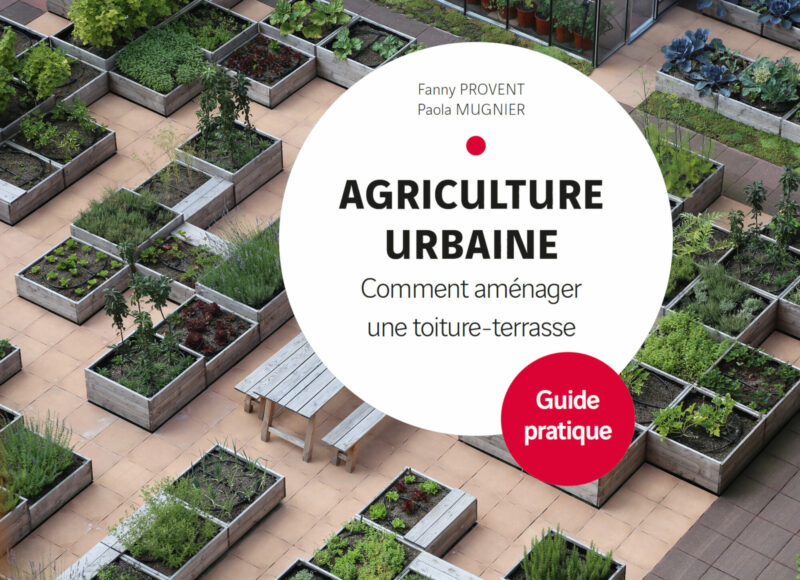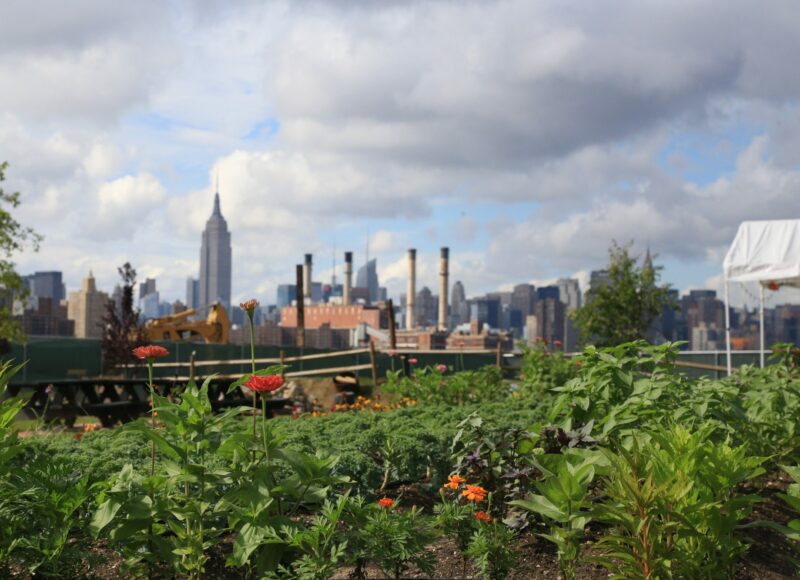5 May 2020
Rooftop vegetable gardens to nurture the resilience of cities
Farms in towns are a possible solution to the short-circuit problems of food distribution and meet the natural needs of urban dwellers.
On the same subject
Project
A simplified life-cycle assessment tool will allow decision makers to assess the sustainability of urban agriculture projects and guide the design and management of these projects.
Learn more
Pilot site
AgroParisTech's experimental rooftop has been used since 2012 to design urban agriculture systems in rooftop boxes, using urban residues as components of technosols, with the aim of studying the services provided by
Learn more
Practitioner group
The benefits and costs related to green infrastructure in cities need to be better understood through assessment tools that measure environmental impacts, for example, carbon emissions due to the transport of substrates,
Learn more
Reconciling nature and the city, a highly artificial environment, is an art that is practised from the scale of the building to that of the suburban territory, including that of the neighbourhood.
Learn more


